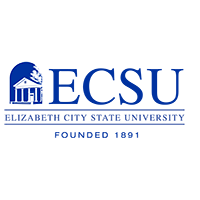
Elizabeth City State University in North Carolina reports that total enrollment for the fall of 2018 is 1,678, which is an 18 percent increase over last year. The new first-year class contains 418 students, 184 of whom are transfer students. This is a 57 percent increase over last year’s transfer enrollment.
 North Carolina A&T University in Greensboro has seen its fifth consecutive year of increased enrollment, with an over 12,000 students enrolled this fall. Freshman enrollment totaled 2,201, an increase of 2.2 percent over 2017’s first-year class. The university has the highest enrollment of any HBCU in the country.
North Carolina A&T University in Greensboro has seen its fifth consecutive year of increased enrollment, with an over 12,000 students enrolled this fall. Freshman enrollment totaled 2,201, an increase of 2.2 percent over 2017’s first-year class. The university has the highest enrollment of any HBCU in the country.
 Talladega College in Alabama has announced a record-setting enrollment increase for this academic year. Enrollment has increased 55.5 percent, from 782 students during the 2017-2018 academic year to 1,217 students this year.
Talladega College in Alabama has announced a record-setting enrollment increase for this academic year. Enrollment has increased 55.5 percent, from 782 students during the 2017-2018 academic year to 1,217 students this year.
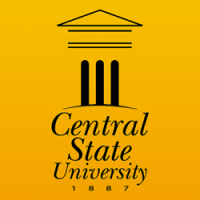 Central State University in Wilberforce, Ohio, has reported that its new first-year class is the largest in school history at 920 students. The incoming class is primarily from Ohio with high numbers coming from surrounding regions. Additionally, international enrollment has tripled since 2014.
Central State University in Wilberforce, Ohio, has reported that its new first-year class is the largest in school history at 920 students. The incoming class is primarily from Ohio with high numbers coming from surrounding regions. Additionally, international enrollment has tripled since 2014.
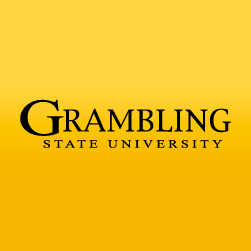 For the fourth consecutive year, Grambling State University in Louisiana has seen an annual increase in student enrollment. This fall, 5,205 students are enrolled at the university. Additionally, this is the second time that the university’s total enrollment is more than 5,000 students.
For the fourth consecutive year, Grambling State University in Louisiana has seen an annual increase in student enrollment. This fall, 5,205 students are enrolled at the university. Additionally, this is the second time that the university’s total enrollment is more than 5,000 students.
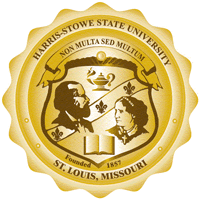 Harris-Stowe State University in St. Louis, Missouri, has also seen an increase in enrollment with 1,716 students this fall. This is 19 percent increase from 2017 and a 34 percent increase from 2014. Additionally, this year’s entering class is the largest in the past 10 years.
Harris-Stowe State University in St. Louis, Missouri, has also seen an increase in enrollment with 1,716 students this fall. This is 19 percent increase from 2017 and a 34 percent increase from 2014. Additionally, this year’s entering class is the largest in the past 10 years.
 Bowie State University in Maryland has announced a record-high overall student body of 6,320 students this academic year, up 3 percent from last year. Undergraduate enrollment saw an increase of 2 percent while graduate enrollment saw an increase of 5 percent from last year.
Bowie State University in Maryland has announced a record-high overall student body of 6,320 students this academic year, up 3 percent from last year. Undergraduate enrollment saw an increase of 2 percent while graduate enrollment saw an increase of 5 percent from last year.
 Winston-Salem State University in North Carolina has reported its highest overall enrollment since 2014 with a student body of 5,190. This is an increase of 1.8 percent compared to last fall. For the third year in a row, the entering class exceeded 900 students, with 933 students this year. Also, the number of African American graduate students increased 24 percent compared to the previous academic year. Additionally, the university saw a 1.1 percent increase in transfer students and this fall there was a 60 percent increase in the percentage of transfer students living on campus.
Winston-Salem State University in North Carolina has reported its highest overall enrollment since 2014 with a student body of 5,190. This is an increase of 1.8 percent compared to last fall. For the third year in a row, the entering class exceeded 900 students, with 933 students this year. Also, the number of African American graduate students increased 24 percent compared to the previous academic year. Additionally, the university saw a 1.1 percent increase in transfer students and this fall there was a 60 percent increase in the percentage of transfer students living on campus.
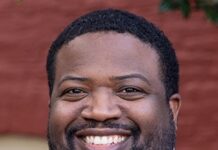



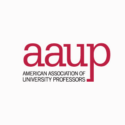
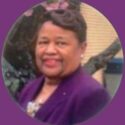






Great! Pray that it continues and that HBCU’s always remain HBCU’s and our Heritage archived and kept for generations to come, while still maintaining diversity and excellence, including African-American educators and staff proportionate to the student population and beyond, and an opportunity for African-American students to not only enroll, inarticulate, become world leaders in all fields of study and keep God first and at the center of developing and using their gifts for others.
HBCU’s have been and do provide opportunities for black Americans and other black individuals who do not identify with the misnomer African American. The use of the HBCU’ acronym clearly embraces this concept;
I hope this trend continues. HBCUs are invaluable to first generation and legacy students. Not everyone realizes how much these schools have helped minority communities; especially in regards to healthcare providers, attorneys, teachers, scientists, military officers, and civic leaders.